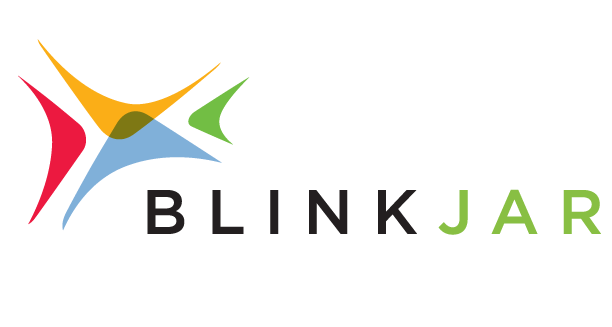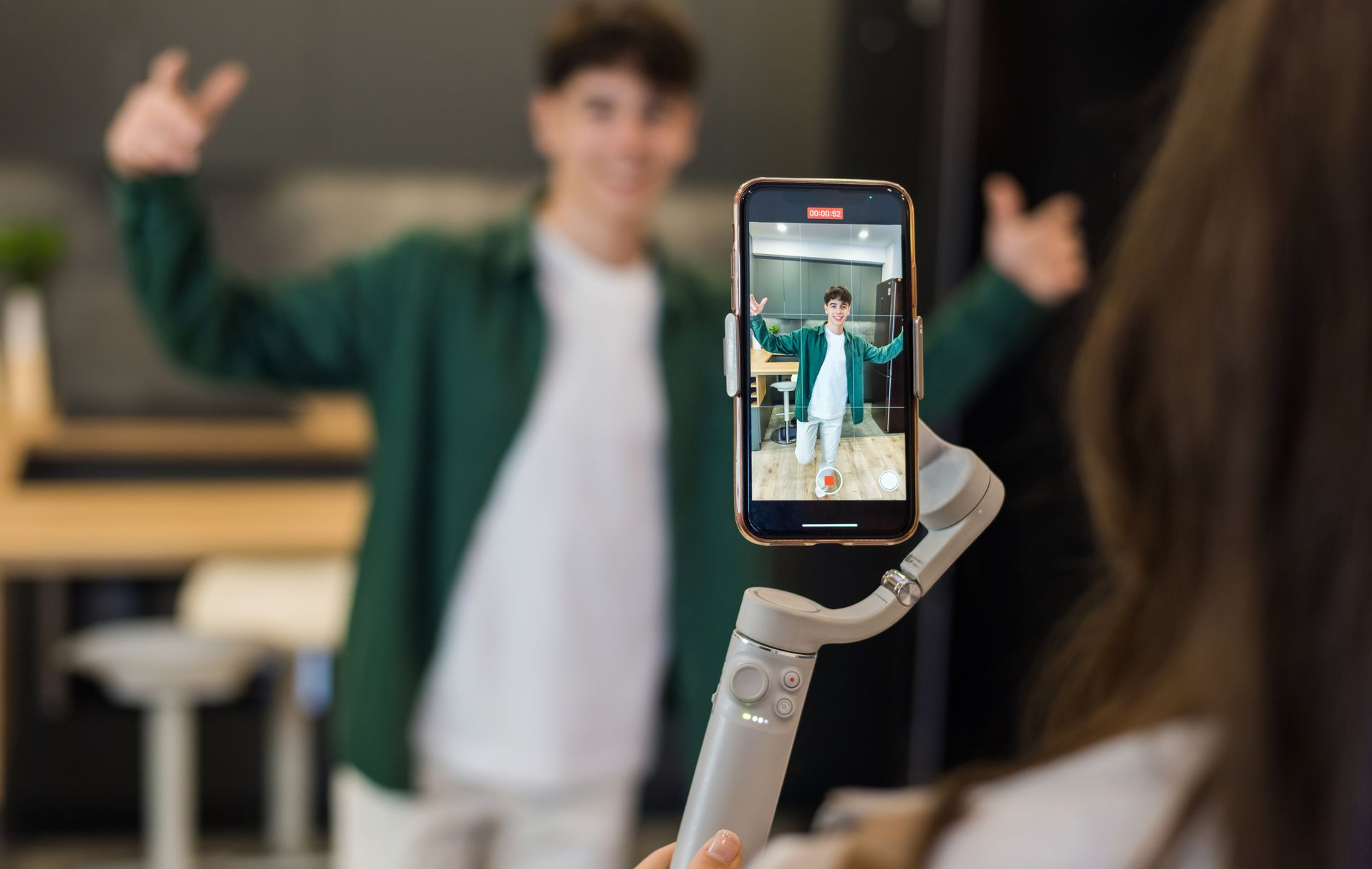SEO vs AEO Explained: How They Work Together to Drive Visibility
What Is SEO and Why Does It Still Matter in 2025?
The Future of Search Series — Blog 3
SEO is the practice of optimizing a website to improve its ranking in search engine results. The goal is to achieve visibility, attract more qualified visitors, and ultimately drive conversions. These outcomes are a key part of the Inbound Methodology.
Core SEO tactics include:
- Strategic keyword research and optimization
- Backlinks that build authority
- Fast, mobile-friendly websites
- Structured metadata and schema markup
And the dominance of Google proves SEO’s staying power:
- Google accounts for 89.66% of the global search engine market.
- 63.41% of all U.S. web traffic referrals from the top 170 sites come from Google.com.
Even as AI continues to grow, Google remains the backbone of online discovery. SEO ensures you are visible where decisions are verified and made.
What Is AEO and How Is It Different From SEO?
AEO, also called Generative Engine Optimization (GEO), is the practice of preparing your content to be selected directly by AI systems as part of an answer.
This includes:
- Google’s AI Overviews
- Voice assistants like Siri, Alexa, and Google Home
- AI chat platforms like ChatGPT or Perplexity
While SEO earns you a place on the results page, AEO makes sure your content is included in the answer itself.
Why Is AEO Growing So Quickly?
AEO’s rise is driven by changes in how people search.
Imagine you are planning a trip to Paris and type:
“Top things to do in Paris in 3 days.”
- Ten years ago, you would get a list of blog links and forums to sift through.
- Today, AI instantly generates a three-day itinerary with attractions, restaurants, and suggested routes before you click a single result.
That is AEO in action where AI scans content, chunks the details, and provides the most useful answer right away.
And different AI platforms source answers differently:
- ChatGPT favors Reddit and Wikipedia
- Perplexity cites publishers and niche blogs
- Google AI Overviews mix authoritative domains with user-driven sites
This fragmentation makes AEO critical. You cannot control where AI looks, but you can optimize your content so it is AI-ready.
How Does AI Search Work Compared to Traditional Search?
The primary difference between AI and traditional search lies in how they interpret a query.
A traditional search engine treats a long query as one string of keywords. Results may answer parts of it, but users must click through multiple pages to piece everything together.
AI search uses a process called chunking. It takes a detailed query, breaks it into smaller sub-questions, finds focused pieces of content that answer each one, and then combines those pieces into a complete, cohesive response.
Here is an example of how chunking works in AI search:
I want a family-friendly hotel in Rome near the Colosseum, under $300 a night, with free breakfast and airport shuttle service.
- Traditional search: returns booking sites that may meet some criteria, but not all.
- AI search: breaks it down into “best hotels under $300,” “hotels near the Colosseum,” “family-friendly hotels with breakfast,” and “hotels with shuttle service.” It then combines the answers into a complete recommendation.
This is why chunk-level optimization matters. AI is not looking for entire pages; it is looking for concise, answer-ready sections of your content.
Does SEO Still Matter if People Start with AI?
This shift leads to a new reality: SEO is not going away. It is evolving.
Many users now start their discovery with AI. They ask broad questions and get instant summaries. But they rarely stop there. Once they have direction, they head to Google to verify, refine, and make purchasing decisions.
AI sparks curiosity. Google builds trust and drives conversion. Together, SEO and AEO guide users from discovery to decision.
Which SEO Fundamentals Still Support AEO?
AEO does not replace SEO. It builds on it. The same fundamentals still power both strategies:
- Keyword research to establish context and relevance
- Technical SEO to ensure crawlability and speed
- Schema markup for structure and summaries
- Internal linking for authority and depth
- High-quality content that delivers real answers
If you are strong in SEO, you already have the foundation AEO needs to succeed.
Why Does Website Performance Matter More in AI Search?
Performance has always mattered for SEO. In AEO, it becomes non-negotiable.
- Speed = Visibility. AI engines require fast pages to generate answers in real-time.
- Stability = Trust. Smooth rendering signals authority and reliability.
- Global Reach = Inclusivity. AI answers queries worldwide. Sites that only perform locally risk exclusion.
If your site is not technically sound, you may never even be considered for inclusion in AI-generated answers.
How Do You Optimize Content for AEO?
Think of AEO as SEO plus refinement for AI-driven search. The fundamentals stay the same, but you need to adapt to how AI crawlers and engines process content.
- Optimize for conversational queries and topical authority (pillar pages and clusters).
- Anticipate follow-up questions and answer them on the same page.
- Structure content for chunk-level retrieval with focused, standalone sections.
- Demonstrate E-E-A-T (Experience, Expertise, Authoritativeness, Trustworthiness).
- Allow AI crawlers (GPTBot, Google-Extended, Bingbot, PerplexityBot, etc.).
- Use structured data and schema markup (FAQ, How-To, Speakable).
- Build digital PR and backlinks to strengthen trust.
- Maintain visibility across multiple platforms, including YouTube, Reddit, LinkedIn, Medium and industry-specific sites.
What SEO and AEO Trends Should Marketers Watch?
The latest data shows why both strategies matter:
- AI Overviews are growing fast. 13.1% of Google desktop searches included them in March 2025, up from 6% in January.
- Voice search keeps expanding. Over 1 billion voice searches happen every month, and the number continues to grow.
- Zero-click searches are increasing. More than 58% of U.S. Google searches end without a click, with some reports indicating a higher rate of 65%.
- AI crawlers are selective. Many skip heavy JavaScript and slow-loading sites.
- Generative search is fragmented. Different AIs favor different sources, from Reddit to niche blogs.
Should You Focus on SEO or AEO?
The future of search is not about choosing SEO or AEO. It is about combining both.
- SEO builds authority and visibility in search.
- AEO ensures you are part of the AI-generated answer.
AI drives exploration. Google drives trust and conversion. The brands that thrive will see SEO and AEO not as competitors, but as partners.
SEO helps you rank. AEO helps you become part of the answer.
That is not a replacement. That is an enhancement. And that is the future of search.









